Focus on Safety Regulations
The emphasis on safety regulations within various industries is a critical driver for the overhead cranes market. In the US, regulatory bodies such as OSHA enforce stringent safety standards that require the use of reliable and safe lifting equipment. As companies strive to comply with these regulations, the demand for overhead cranes that meet safety certifications is likely to increase. This focus on safety not only protects workers but also minimizes operational downtime caused by accidents. Manufacturers are responding by developing cranes equipped with advanced safety features, such as overload protection and automated shut-off systems. The investment in safer equipment is expected to drive growth in the overhead cranes market, as businesses prioritize compliance and worker safety in their operations.
Increased Industrial Automation
The ongoing trend towards industrial automation is a pivotal driver for the overhead cranes market. As industries in the US increasingly adopt automated processes, the demand for efficient material handling solutions rises. Overhead cranes are integral to these automated systems, facilitating the movement of heavy loads with precision and speed. According to recent data, the automation sector is projected to grow at a CAGR of approximately 10% over the next five years, which could significantly boost the overhead cranes market. This growth is likely to be fueled by advancements in robotics and AI, enhancing operational efficiency and safety. Consequently, manufacturers are investing in innovative crane technologies that integrate seamlessly with automated systems, thereby expanding their market presence and meeting the evolving needs of various industries.
Expansion of Construction Activities
The expansion of construction activities across the US serves as a substantial driver for the overhead cranes market. With the construction sector experiencing a resurgence, particularly in infrastructure and commercial projects, the demand for reliable lifting equipment is on the rise. The American Institute of Architects reports a projected increase in construction spending by 5% in the coming year, which is likely to elevate the need for overhead cranes. These cranes are essential for lifting heavy materials and equipment, thereby enhancing productivity on construction sites. Furthermore, the trend towards larger and more complex construction projects necessitates the use of advanced overhead cranes that can handle increased loads and reach greater heights. This growing demand is expected to propel the overhead cranes market forward, as companies seek to invest in modern lifting solutions.
Rising E-commerce and Logistics Demand
The surge in e-commerce and logistics activities is a significant driver for the overhead cranes market. As online shopping continues to gain traction, warehouses and distribution centers are expanding to accommodate increased inventory and streamline operations. The US e-commerce market is projected to reach $1 trillion by 2025, which will likely necessitate the implementation of efficient material handling systems, including overhead cranes. These cranes play a crucial role in optimizing warehouse operations by facilitating the quick and safe movement of goods. Additionally, the logistics sector is increasingly focusing on automation and efficiency, further driving the demand for advanced overhead cranes that can integrate with automated storage and retrieval systems. This trend indicates a robust growth trajectory for the overhead cranes market as businesses seek to enhance their operational capabilities.
Technological Innovations in Crane Design
Technological innovations in crane design are emerging as a vital driver for the overhead cranes market. The introduction of smart technologies, such as IoT and advanced control systems, is transforming how overhead cranes operate. These innovations enhance efficiency, reduce energy consumption, and improve overall performance. For instance, cranes equipped with IoT sensors can provide real-time data on load conditions and operational status, allowing for predictive maintenance and minimizing downtime. The market for smart cranes is anticipated to grow significantly, with estimates suggesting a CAGR of around 8% over the next few years. This trend indicates that manufacturers are increasingly investing in research and development to create cutting-edge crane solutions that meet the demands of modern industries, thereby propelling the overhead cranes market forward.




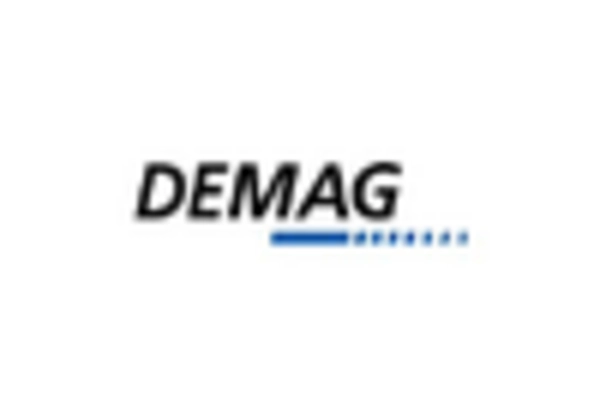
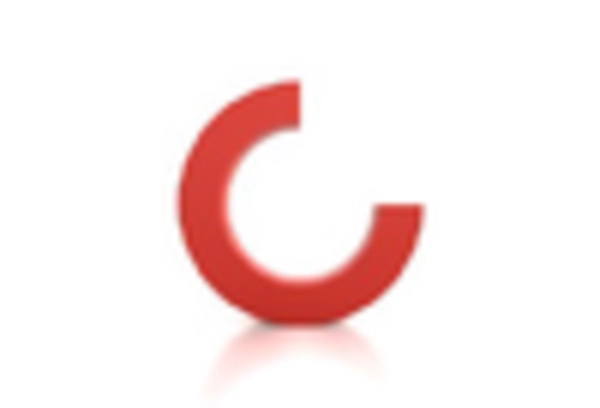
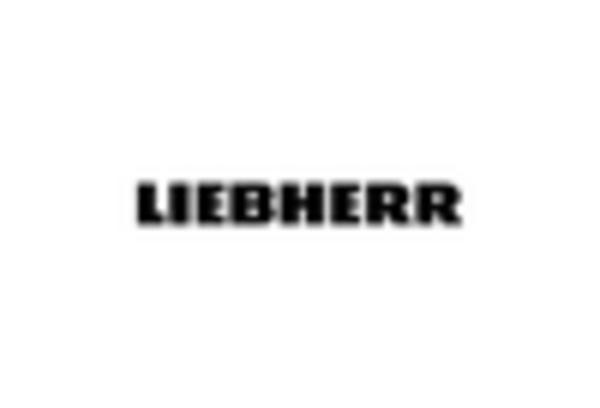
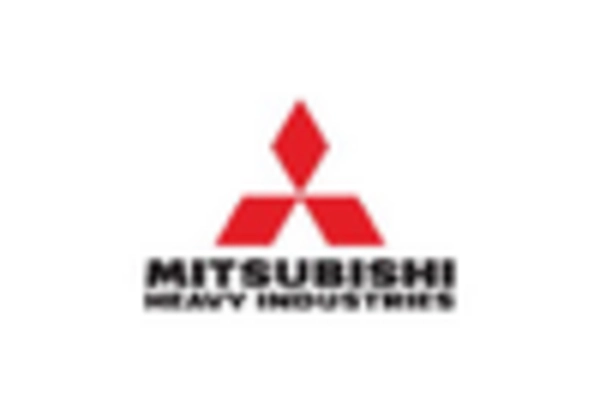
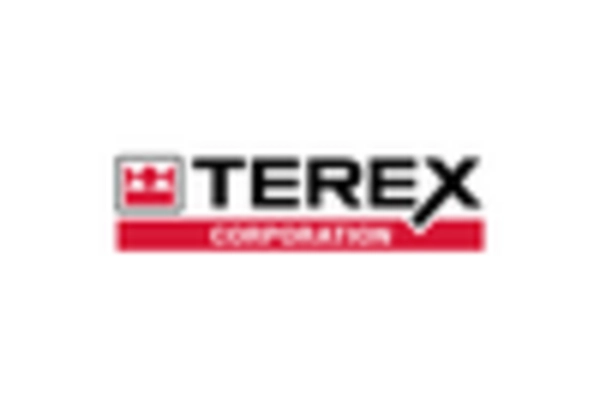








Leave a Comment